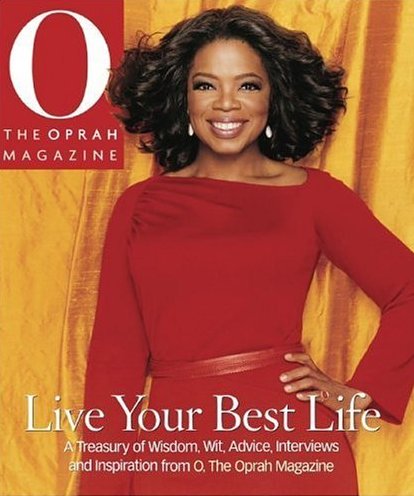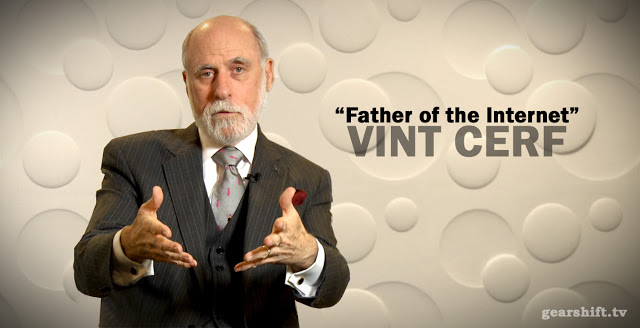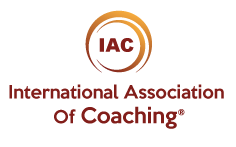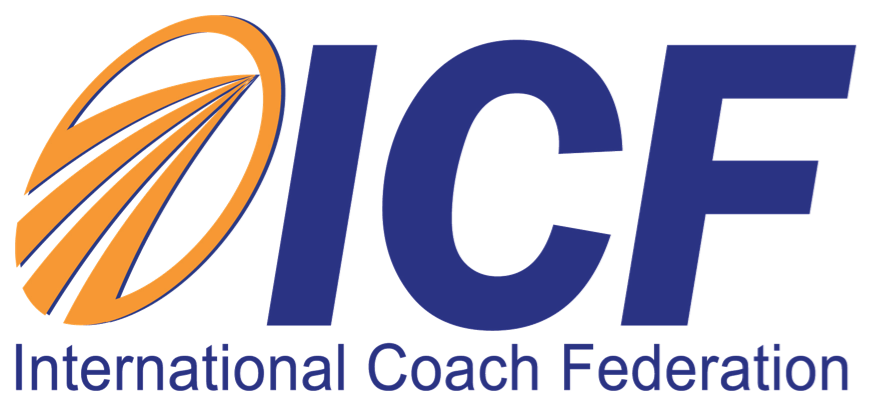 Though it isn’t immediately the first thought that surfaces when thinking of Oprah Winfrey, she is a very appropriate leader to emulate when it comes to personal and organizational goal alignment. As a woman who aimed to be a millionaire by age 32 and surpassed her aim, Oprah Winfrey can attest to the power of goals. Her belief that she would one day be financially successful while changing people’s lives is the main reason she has done well. But in pursuing her personal aspirations, Oprah made decisions to align with her organization’s goals, which helped her succeed. She can attest to the power of success when an individual understands personal and professional goal alignment. But what does goal alignment look like and entail when dissected?
Though it isn’t immediately the first thought that surfaces when thinking of Oprah Winfrey, she is a very appropriate leader to emulate when it comes to personal and organizational goal alignment. As a woman who aimed to be a millionaire by age 32 and surpassed her aim, Oprah Winfrey can attest to the power of goals. Her belief that she would one day be financially successful while changing people’s lives is the main reason she has done well. But in pursuing her personal aspirations, Oprah made decisions to align with her organization’s goals, which helped her succeed. She can attest to the power of success when an individual understands personal and professional goal alignment. But what does goal alignment look like and entail when dissected?
Let’s examine the recent predicament of Vint Cerf, a Senior Executive at Google. In Google services should not require real names: Vint Cerf, an article published by Reuters, Cerf expresses that he doesn’t believe Google product users should be forced to use their real names for accounts. However, his personal goal to protect the privacy of consumers is not in alignment with the organization’s goals which is prohibitive of consumers using online pseudonyms as a way of monitoring illegal social media activities. In essence, Cerf values his role of protecting customers while Google sees his role as maintaining friendly government relations (following the rules).
Many times when discussing goal alignment, strategists focus entirely on helping employees set organizational goals that meet only organizational needs. For example, Cerf would be asked to meet goals by mandating that consumers use their real names at the expense of ignoring his personal goals. As a leading executive, Cerf is influential and a valuable employee. This is an opportunity to pursue goal alignment through discussing his concerns with other organization leaders. Often when goals do not align, businesses and leaders must work toward goal alignment with a conflict resolution modeled approach. Possible solutions for aligning both parties’ goals might be to highly encourage the use of real names, but to let that be a customer’s choice.
In a perfect world, goals could align that easily. However, things don’t always go that way. In the end, Google’s goals still may not align with Cerf’s goals. Be that the case, it may be best to graciously part ways. Cerf may very well continue developing his career while keeping goal alignment in mind with his new prospects.
Though possibly unaware, this happens to executives across the globe every day. Professionals find themselves in constant conflict at their jobs. Equity Theory suggests that without the equilibrium, the conflict will lead to poor performance prompted by low motivation. From not making partner to ethical disputes, these difficulties are not rare. Goal alignment challenges leave leaders feeling, unsatisfied, short-changed, disengaged, incapable and resentful. Realistically, every executive is just as capable as Cerf and Oprah, or they never would have been placed in a leadership role. The gray line exists when the individual feels at odds and keeps pushing forward. A true evaluation of goal misalignment will make a huge difference in propelling one’s self and one’s career forward.






